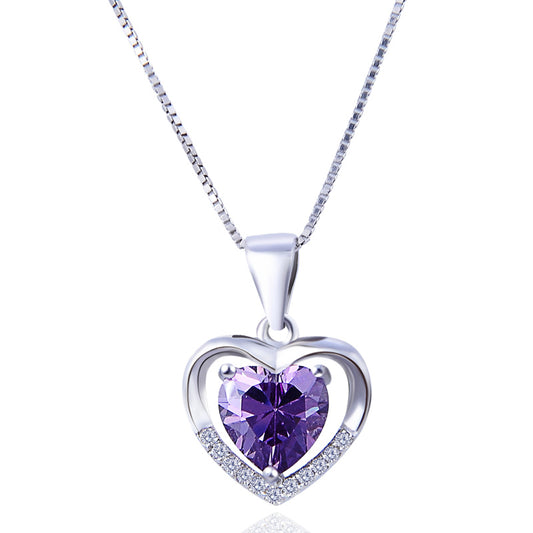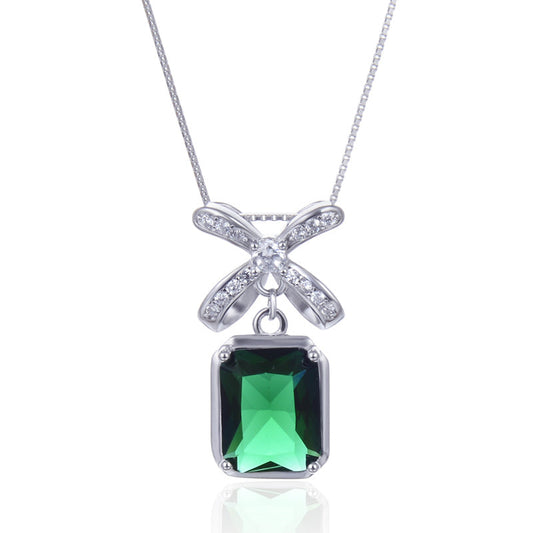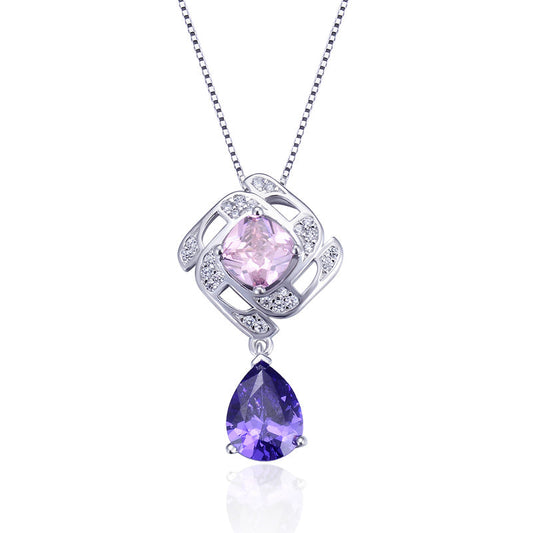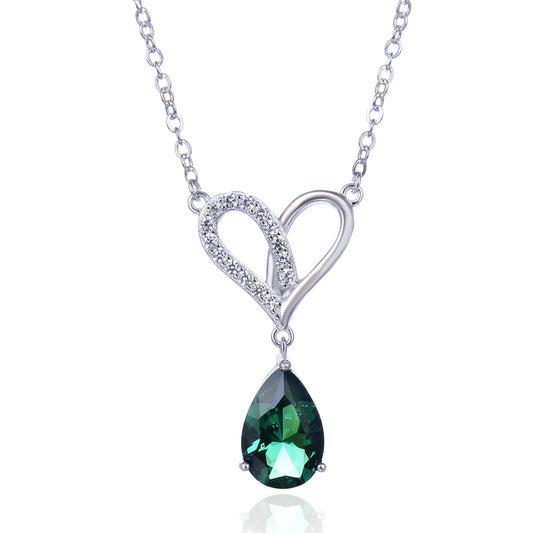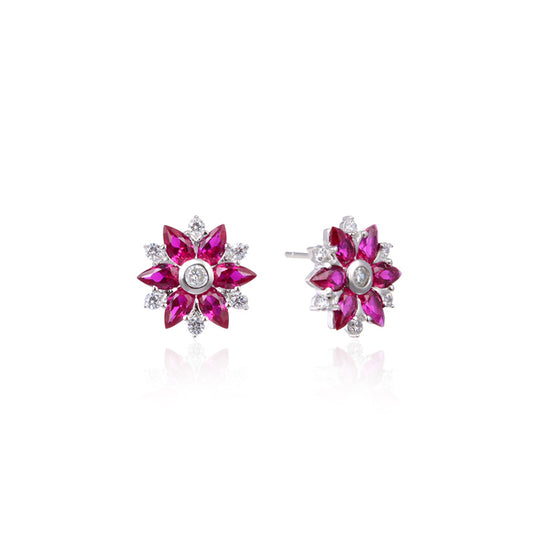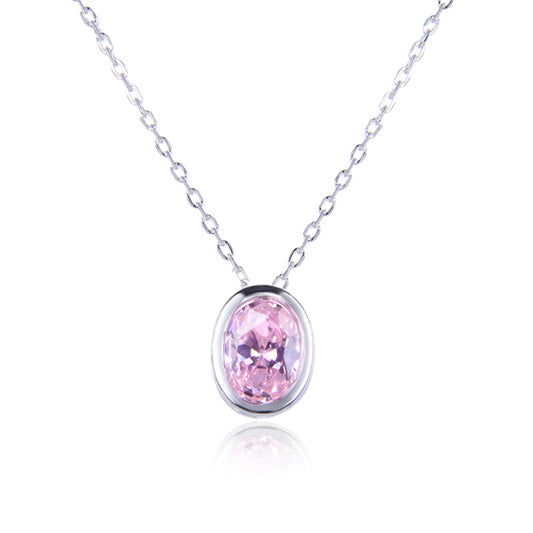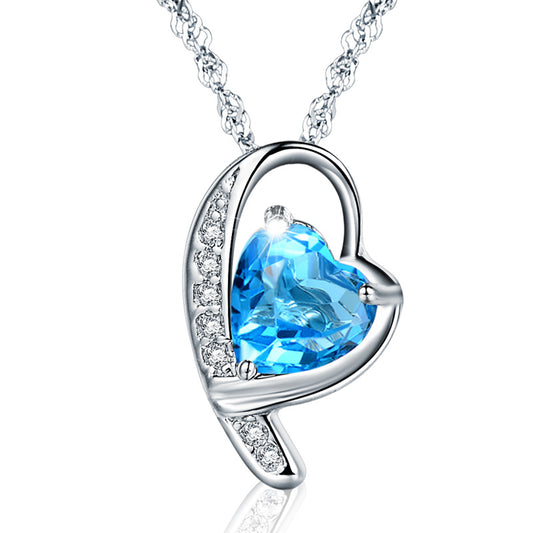In the vast landscape of internet searches and social media trends, the term "Busty Women" frequently pops up, capturing the attention of millions across the globe. This phenomenon is not isolated to any single region but is particularly prominent among Western audiences, including those in Europe and North America. To understand the widespread appeal and the socio-cultural implications of this search trend, it's essential to delve into the multifaceted reasons behind it. From artistic appreciation to societal perceptions, the fascination with busty women transcends mere physical attraction, touching upon deeper issues of beauty standards, gender roles, and individual preferences.
The Evolution of Beauty Standards
Throughout history, beauty standards have evolved dramatically, often reflecting the values, cultures, and societal norms of different eras. In ancient civilizations, voluptuous figures were celebrated as symbols of fertility and prosperity. Venus de Milo, an ancient Greek statue, exemplifies the idealized female form of that period—curvaceous and robust, embodying both aesthetic appeal and a reverence for the female body's life-giving capabilities.
Fast forward to the modern era, where media and advertising play pivotal roles in shaping contemporary beauty ideals. The 20th and 21st centuries saw a pendulum swing between ultra-slim and more curvaceous body types. Icons like Marilyn Monroe and Sophia Loren in the mid-20th century celebrated a more voluptuous figure, while later decades witnessed a surge in the popularity of waif-like models. However, in recent years, there has been a noticeable shift towards embracing diversity and body positivity, with many advocating for the acceptance of all body types, including those with a more busty physique.
The Role of Media and Pop Culture
In today's hyper-connected world, media and pop culture are powerful forces that shape our perceptions and desires. Movies, TV shows, music, and social media platforms continually present images of women with varying body types, influencing public preference and acceptance. The portrayal of busty women in media has shifted from being marginalized or fetishized to being celebrated in mainstream culture.
For instance, numerous Hollywood films and TV series feature actresses with prominent curves, presenting them as strong, independent, and sexually empowered characters. This representation helps challenge longstanding stereotypes, encouraging a more nuanced understanding of female sexuality and beauty.
Moreover, the rise of social media platforms like Instagram, TikTok, and Twitter has democratized the dissemination of beauty ideals. Women with different body types, including those who identify as busty, can now showcase their unique beauty, gain followers, and even become influencers. This platform shift allows for greater representation and acceptance of diverse body types, fostering a more inclusive environment.
Psychological and Sociological Perspectives
The fascination with busty women is not purely superficial; it also has psychological and sociological underpinnings. From an evolutionary psychology standpoint, humans are naturally attracted to physical attributes that signal health and fertility. A busty figure can be perceived as an indicator of good health and reproductive potential, subconsciously influencing attraction.
However, societal factors also play a crucial role. Gender roles and expectations vary widely across cultures, influencing how women's bodies are perceived and valued. In some societies, a busty figure might be seen as a sign of femininity and attractiveness, while in others, it might be subject to stigma or objectification.
Objectification is a significant concern when discussing the portrayal and perception of busty women. When women's bodies are reduced to mere objects of desire, it can lead to harmful consequences, including body dissatisfaction, self-objectification, and even sexual harassment. It's crucial to distinguish between appreciation and objectification, advocating for respectful and empowering representations of all body types.
The Impact on Self-Esteem and Body Image
The societal fascination with busty women can have both positive and negative impacts on individuals' self-esteem and body image. For some women with larger breasts, feeling desired and appreciated can boost their confidence and self-worth. However, for others, the constant scrutiny and objectification can lead to feelings of self-consciousness and discomfort.
Media representations often fail to acknowledge the diversity within the category of "busty women." Not all women with larger breasts fit a singular idealized image, and the pressure to conform to these narrow standards can be overwhelming. It's essential to promote body positivity that encompasses all shapes and sizes, emphasizing that beauty is not confined to a specific physique.
Breaking Stereotypes and Embracing Diversity
Challenging stereotypes and embracing diversity is crucial in fostering a healthier and more inclusive society. The fascination with busty women should not be a source of shame or objectification but rather an opportunity to celebrate the variety of human forms and experiences.
Education plays a vital role in breaking down stereotypes. By promoting media literacy and critical thinking, individuals can learn to appreciate diverse body types without resorting to objectification or discrimination. Encouraging open conversations about body image, sexuality, and gender roles can help dismantle harmful myths and promote a more nuanced understanding.
Moreover, it's important to amplify voices and stories from a diverse range of bodies. Representing busty women in various roles—from leaders and professionals to artists and athletes—can help challenge the notion that their value is solely based on their appearance.
The Role of Fashion and Design
Fashion and design industries have a significant impact on shaping and reinforcing beauty standards. Historically, clothing and lingerie designed for busty women often focused on concealing or minimizing their curves. However, in recent years, there has been a notable shift towards creating fashion that celebrates and enhances a busty figure.
Designers are increasingly recognizing the demand for clothing that fits and flatters a variety of body types. Brands are now offering a wider range of sizes and styles, including bras and swimwear specifically designed for busty women. This shift not only reflects a more inclusive approach to fashion but also empowers women to feel confident and beautiful in their own skin.
Health Considerations
While the focus of this discussion has primarily been on the aesthetic and cultural aspects of busty women, it's important not to overlook the health implications. Women with larger breasts may face unique challenges, including back pain, discomfort during physical activities, and difficulty finding properly fitting clothing.
Accessing proper healthcare and support is crucial. Women should seek professional advice on bras and clothing that provide adequate support and comfort. Additionally, healthcare providers should be sensitive to the specific needs of busty women, offering tailored advice and treatments.
Conclusion: Celebrating Diversity and Individuality
The fascination with busty women is a complex and multifaceted phenomenon, influenced by historical, cultural, psychological, and sociological factors. It's essential to approach this topic with sensitivity and respect, recognizing the diversity within the category and the individual experiences of those who identify as busty.
Celebrating diversity and individuality should be at the forefront of our discussions around body image and beauty. By promoting inclusive representations, challenging stereotypes, and fostering open conversations, we can create a more accepting and empowered society.
#BustyWomenAppreciation #BodyPositivity #DiversityInBeauty #EmpoweringWomen #BreakingStereotypes #FashionInclusion #HealthAwareness


